

Four main purposes of the CEAA
a) to ensure that the envirionmental effects of projects receive careful consideration before responsible authorities take actions in connection with them
b1) to encourage responsible authorities to take actions that promote sustainable development and thereby achieve or maintain a healthy environmental and healthy economy
b2) ensure that responsible authorities carry out their responsibilities in a coordinated manner with a view to eliminating unnecessary duplication in the environmental assessment process;
c)to ensure that projects that are to be carried out in Canada or on federal lands do not cause significant adverse environmental effects outside the jurisdictions in which the projets are carried out;
d)to ensure that there be an opportunity for public participation in the environmental assessment process. S4 of the CEAA
There are three assessment tracks:
Three tracks:
Screening: self assessment
Comprehensive studies
Independent review panels (warranted by public concern)
The problem with the CEAA is as follows:
About 6000 assessments per year from Jan 1995 to Jan 2000 of which 99% are screenings (page 4)
Use of the courts is necessary: for balance between different interests!
There are limited opportunities for meaningful public involvement in screenings and comprehensive studies.
Difficulty is created for the public in accessing information through public registries
What happened: The owners of the dam planned for a routine screening, initially unaware of a special circumstances surrounding their project. They were unable to respond to the evidence that did not fit their paradigm and original assumptions no matter what information was brought to their attention. The specific case did not fit into their understanding of the “class”.
Expecting only feedback from French users: the screening was to be conducted in French Only but most participation regarding this special issue was from English users.
The project in question is instrumental in a much larger river diversion project but the EA only deals with the smaller wedge issue of dam refurbishment.
The project in question adopted a coordinator but the coordinator did not serve to adequately address public concerns.
The CEAA was to promote greater use of mediation and dispute resolution but despite numerous requests for meetings with the Ministry Representatives no mediation was provided.
The issue here is that an exception arose and the system was unable to deal with it fairly and objectively:
What happened instead was:
At first the officials said that navigation of the sluice was illegal. Through public participation, it was shown to them that it was in fact legal.
Behind the scenes, outside the realm of public participation they proceeded to try and make navigation illegal or impossible, while moving on to say that navigation of the sluice was unsafe.
Through public participation it was shown that navigation was in fact safe.
Behind the scenes, outside the realm of public participation the responsible authorities proceeded try and establish that navigation was unsafe, trying to raise examples of dangers while continuing on with changes to navigable status when in fact navigable status had already been identified through an internal fact finding.
Finally, the officials proclaimed that the loss of navigation was insignificant and this finally becomes a matter for the court and largely a matter of opinion.
At this point: the Plaintiff, Les Amis de la rivière Kipawa had no recourse but to give up or launch a court action putting the whole of the environment assessment into question.
**********Have a Nice Day**********


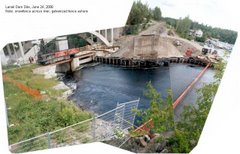


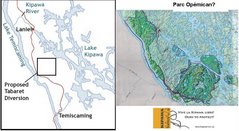

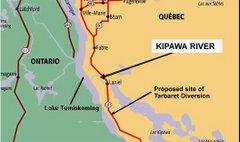

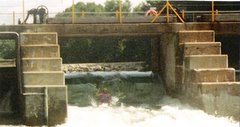







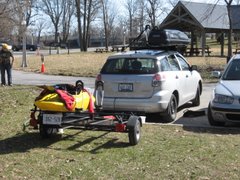

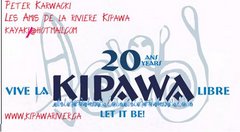
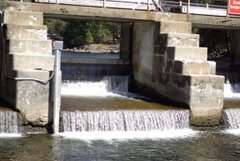


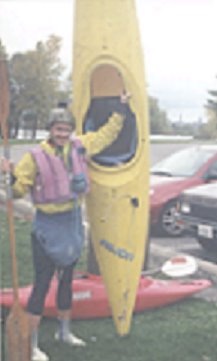



No comments:
Post a Comment